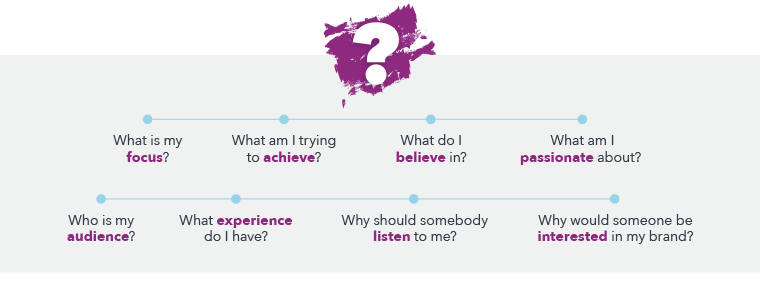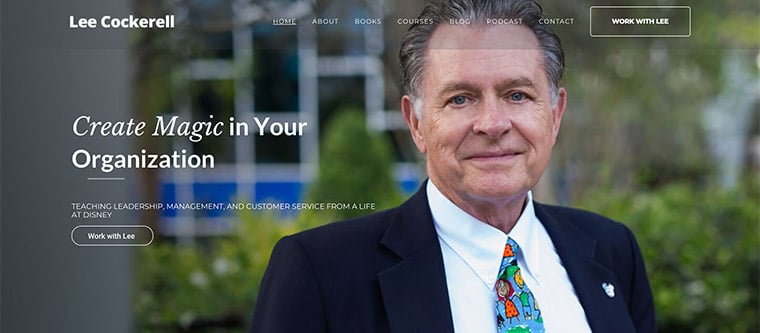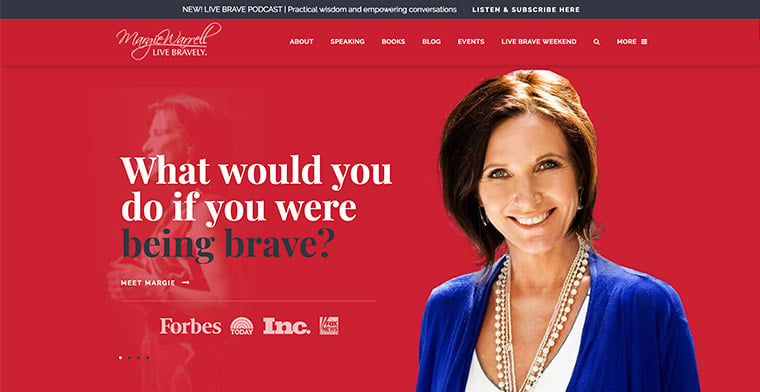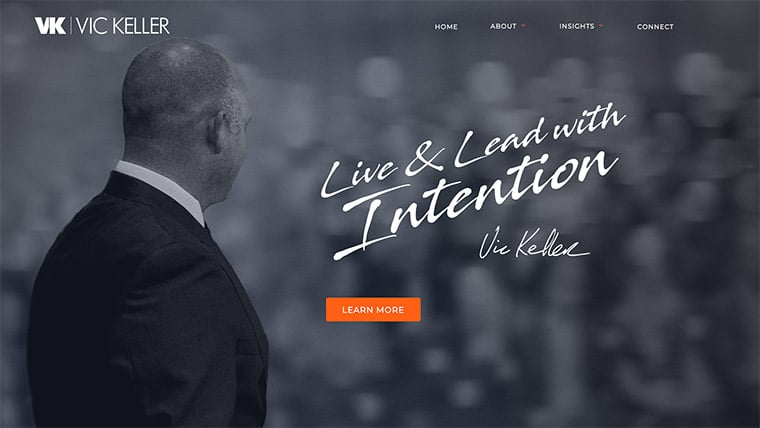Hundreds of times in your professional life, you're going to be asked -- "So, what do you do?"
Not knowing the answer to this powerful question can make or break your first impression with another person.
On a company-level, not having a strong elevator pitch shows that you haven’t done the hard work to refine your mission statement, audience, or offering.
For an individual, it makes it nearly impossible to create a strong personal brand or thought leadership strategy, much less truly add value to your audience.
A personal brand statement, just like a company mission, sets the tone for who you are, who you want to impact, and what makes you unique.
What is your personal brand statement?
A personal brand statement clearly states who you are, what you’re about, what you’re trying to accomplish, and who you’re trying to reach.
It gives focus to what you have to offer.
In marketing, it’s something we talk about all the time, whether in regards to your company overall or your personal brand—you can’t be everything to everyone. And if you try, you’ll end up exhausted or unsuccessful. Neither option is a great choice.
A personal brand statement tells who you are and what you do, and in turn, makes it clear who you aren’t and what you don’t do.

How do you write a personal brand statement?
The actual, physical effort of writing a personal brand statement isn’t tricky. After all, it’s typically no more than 1-2 sentences. You should be able to churn out something in a few minutes, right?
Not so fast. Just like any other “self-discovery” in life, a personal brand statement is the culmination of a lot of hard work.
A personal brand statement requires you to think through questions like:
- What is my focus?
- What am I trying to achieve?
- What do I believe in?
- What am I passionate about?
- Who am I trying to reach? Who is my audience?
- What experience do I have that makes me credible?
- Why should somebody listen to me?
- Why would someone be interested in my brand?

Without answering these questions, you won’t know what to include in your brand statement. They’ll help you nail down the three essential things you need for a good brand statement: 1) your audience, 2) your message, and 3) the value/experience you bring. Without these components, you’ll have trouble writing a personal brand statement that will stick.
Why is a personal brand statement important?
We mentioned it briefly, but if you don’t know what the purpose of your personal brand is (and thought leadership along with it), your audience won’t know either. It can help you focus your message and share that with your audience.
It’s important because it can leave a lasting impression on those who interact with you and your personal brand. Think of it almost like your own personal tagline—what value do you add in a way that is unique to you?
Personal Brand Statement Formulas
So now that you’ve done your research and know what you want to convey with your personal brand, start crafting it.
While formulas for brand statements aren’t as exact as the formulas for math or chemistry, they are a helpful tool as you get started. They should simply be an exercise to get you thinking in the right direction!
I use my ___________ and ___________ for ___________.
Known for ___________, I ___________.
Using ___________ (key trait), I ___________, by providing ___________.
Through my ___________, I ___________, when I serve ___________.
I help __________ (target audience) accomplish ____________ (value) by providing __________(service) in order to ___________ (goal).
Use these formulas to get you started down the right path to determining your expertise and what you have to offer to your audience!
Personal Brand Statement Examples
While formulas are a good start, sometimes you need a little inspiration before you start building your own brand statement. So, we gathered a few of our favorites below.
Lee Cockerell
The former Executive VP of Operations for Disney Resorts highlights his experience with Disney in his brand statement, but also shows the value he can bring through his leadership, management, and customer service consulting. It is short, to the point, but also unique to the value he brings.
Experience: Former Executive Vice President of Operations for the Walt Disney World® Resort.
Website: www.leecockerell.com
Personal Brand Statement: Create Magic in Your Organization

Margie Warrell
A passionate advocate for gender equality and inclusive leadership, she uses her brand statement to motivate brave leadership and encourage bold choices.
Experience: Women’s rights activist, speaker and executive coach
Website: www.margiewarrell.com
Personal Brand Statement: Live bravely. (What would you do if you were being brave?)

Vic Keller
As an expert in the manufacturing and investment space, he uses his brand statement to show his leadership style and what has powered his success.
Experience: Managing partner in Ancor Capital Partners and founder of several manufacturing companies
Website: www.vickeller.com
Personal Brand Statement: Live & Lead with Intention

A personal brand statement is a key aspect to building your personal brand and growing as a thought leader. After all, it means that you have done the hard work of refining your message and your audience—and that’s the first step!

